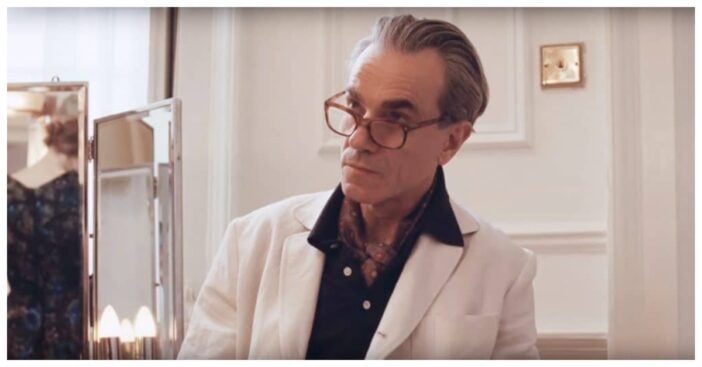
In recent days, the name Daniel Day-Lewis has reentered the public conversation with a quiet intensity. After more than eight years away from the screen, he has returned in Anemone, a deeply personal collaboration with his son. The decision to reemerge from retirement stirred memories of his earlier absences from film, evoking that same sense of mystery and respect that once surrounded his presence.
His legacy—of vanishing and reappearing, of selective roles and haunting performances—makes this comeback all the more poignant. Audiences who followed his retirement announcements and whispered about his next move will now see that Daniel Day-Lewis has framed this return not as a spotlight grab but as a gesture of artistic reconciliation. It feels like the closing of a circle he never fully left.
Daniel Day-Lewis Returns To The Screen
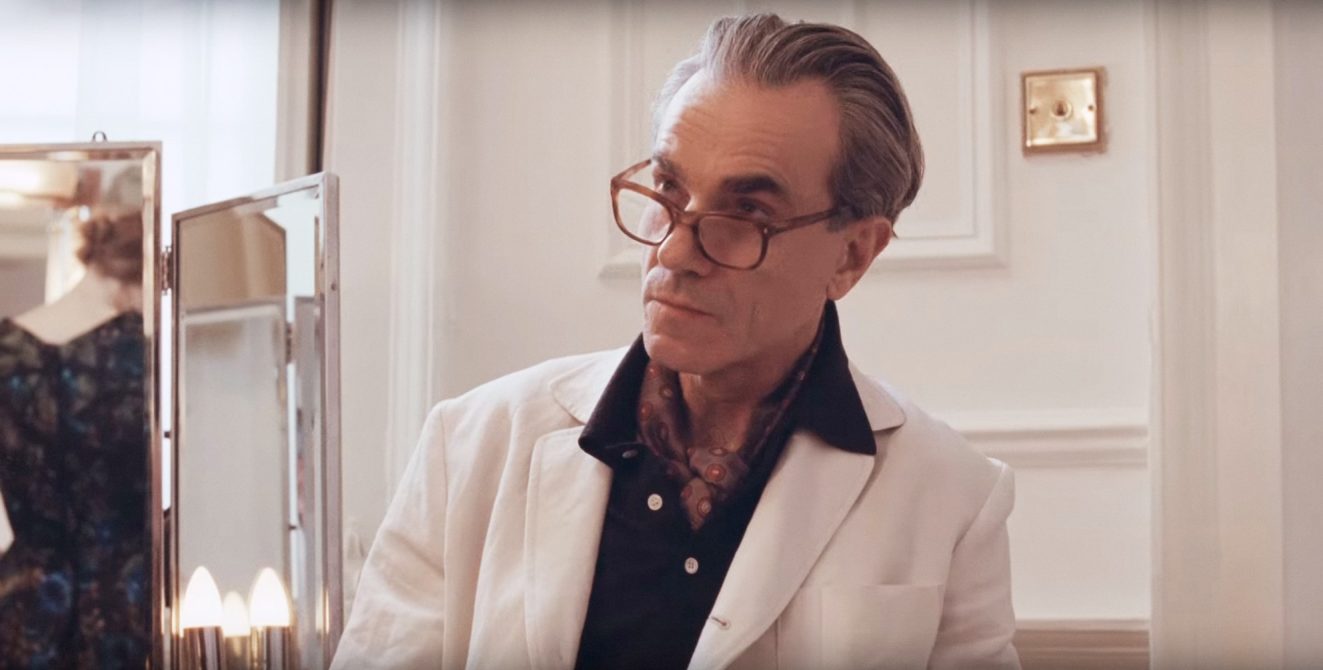
In Anemone, Daniel Day-Lewis portrays Ray Stoker, a reclusive former soldier living in the woods of Northern England. As reported by The New York Times, he co-wrote the film with his son, Ronan Day-Lewis, weaving together themes of memory, silence, and fracture. His performance is deliberate and still, the kind of work that he has long made seem effortless. He does not dominate the frame, but his presence anchors it; his silences say more than many others’ words.
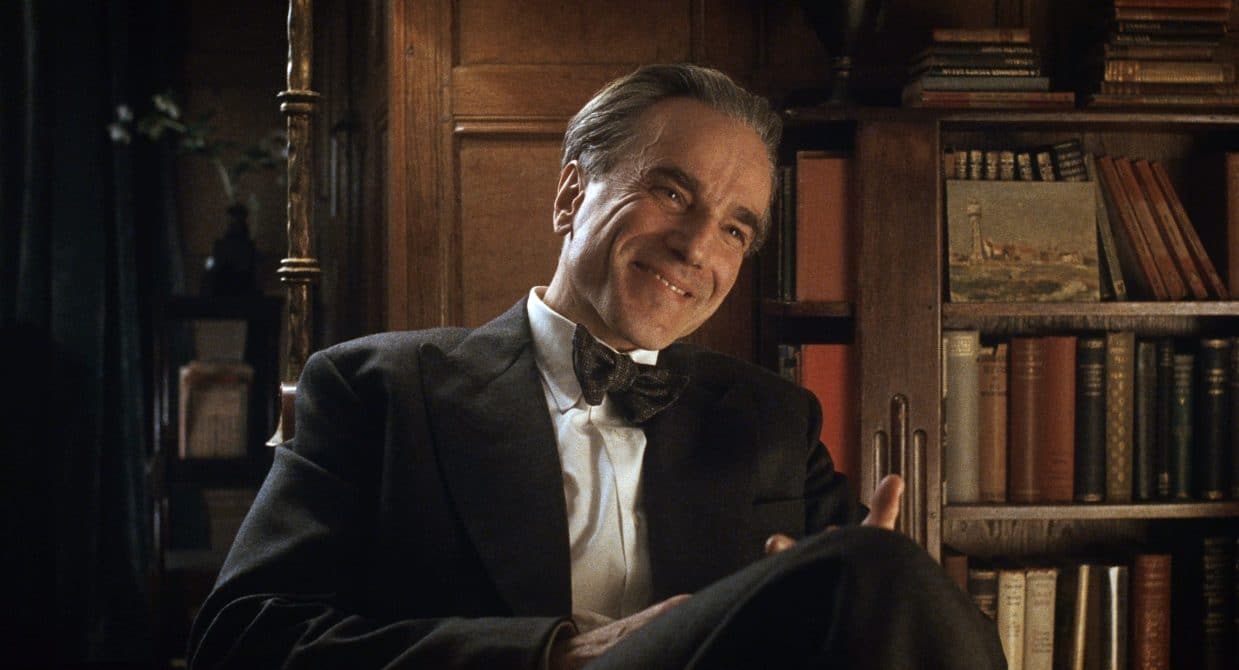
The film’s subdued tone mirrors the actor’s long-standing belief that less can say more. It’s a quiet return that feels intimate, stripped of Hollywood’s glare. In many ways, Anemone reminds audiences why Day-Lewis remains one of cinema’s most disciplined and elusive talents—his craft as sharp as ever, his restraint more moving than grand gestures.
Daniel Day-Lewis, Father And Collaborator
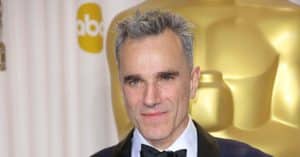
Behind the scenes, the reunion of Day-Lewis with filmmaking is as much about family as artistry. Ronan’s directorial debut leans on his father’s experience and restraint—qualities he evoked in interviews about the process. The New York Times notes how the elder actor viewed this project as a rare chance to “reenter the tent” on his terms, collaborating deeply with his son. Their rapport surfaces in quiet decisions: when to withhold a glance, when to let a line hang in the air.
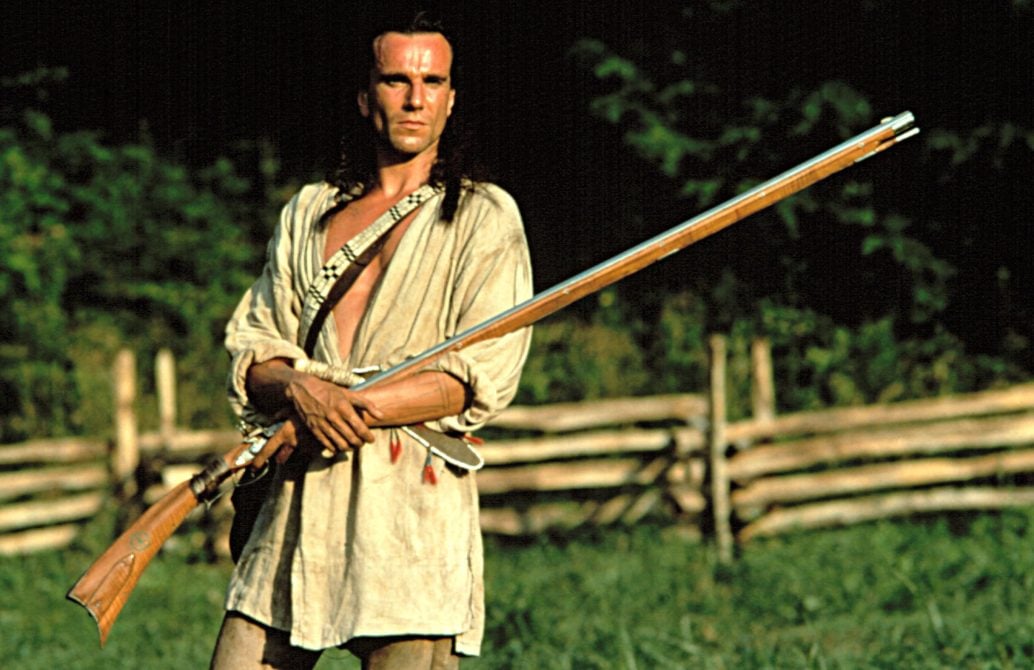
For longtime admirers, it’s a moment that feels full circle—a father and son meeting in art after years of distance from the screen. With Anemone, Daniel Day-Lewis does not chase legacy; he refines it. His comeback isn’t loud or nostalgic for its own sake—it’s simply, profoundly human.
